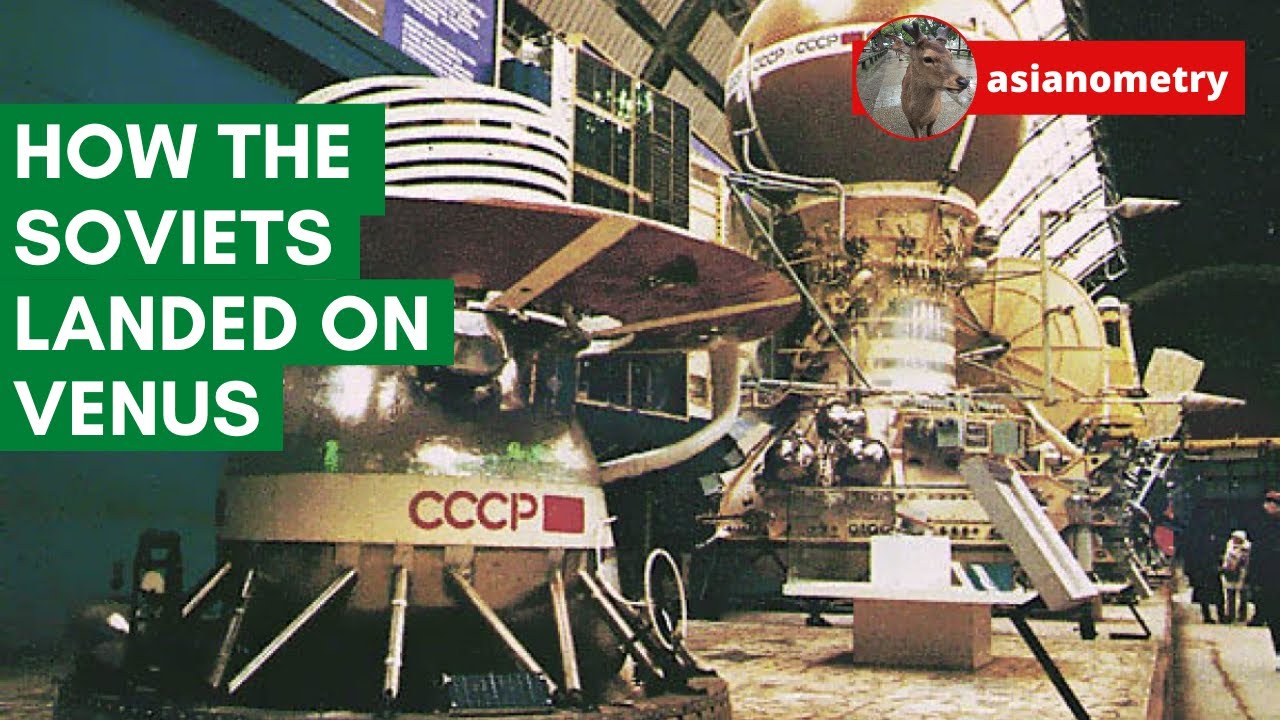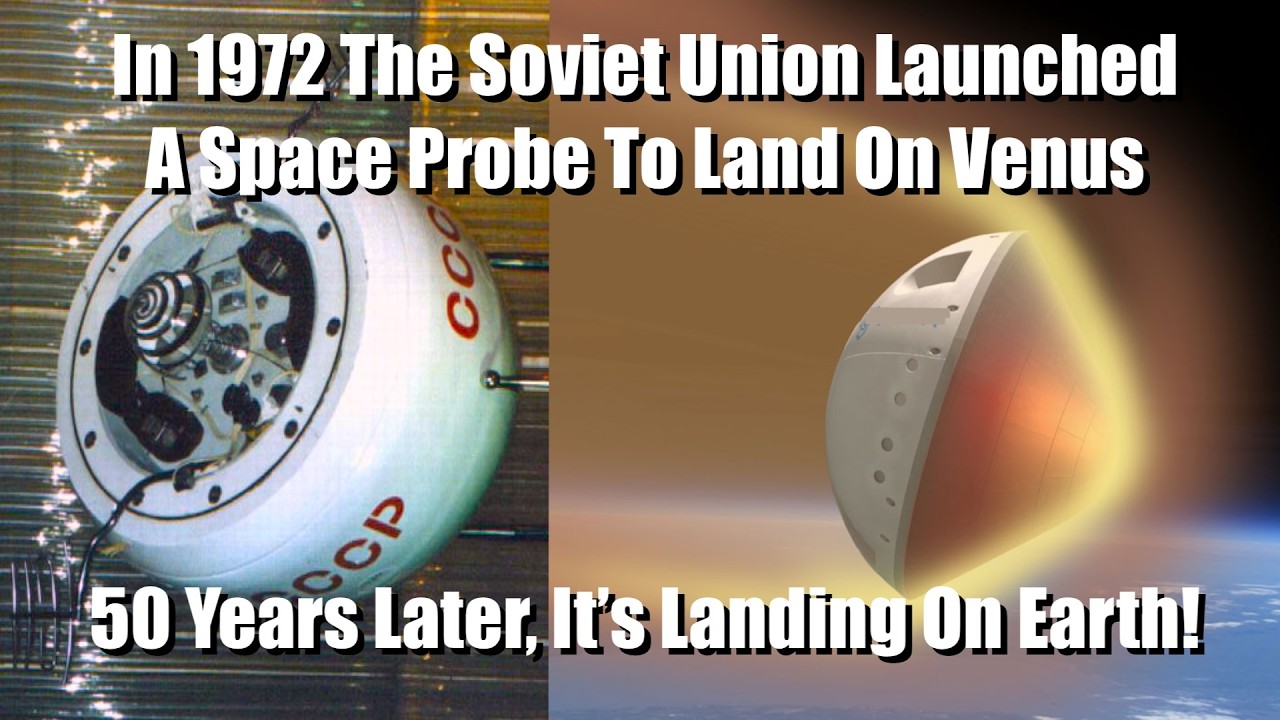The Soviet Union’s Venera program, which ran from 1961 through 1984, performed the first on-site exploration of the planet Venus and accomplished a number of significant “firsts” in planetary exploration:
- First probe to enter the atmosphere of another planet (Venera 3, 1966)
- First soft landing on another planet (Venera 7, 1970)
- First images returned from the surface of another planet (Venera 9, 1975)
- First sounds returned from the surface of another planet (Venera 13, 1982)
No spacecraft has returned data from the surface of Venus since the conclusion of the Venera program. The surface of Venus is so extraordinarily hostile (temperature around 467° C and pressure of 93 atmospheres) that no surface probe survived more than about two hours before being destroyed by heat entering from the outside. Here is a colour image from the surface of Venus returned by Venera 13 in 1982.
Geoffrey Landis of NASA has proposed a mission called Zephyr which would land a solar powered rover on Venus which would “sail” across the terrain driven by the slow but dense winds at the surface. With silicon carbide electronics and a high-temperature sodium-sulfur battery recharged by solar cells, it would be designed to survive at least 50 days on the surface with no active cooling system. This is not a near-term project: if funded for further development, launch would be expected in 2039.



